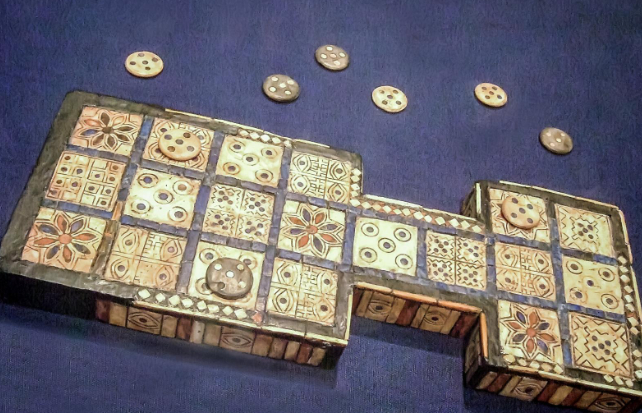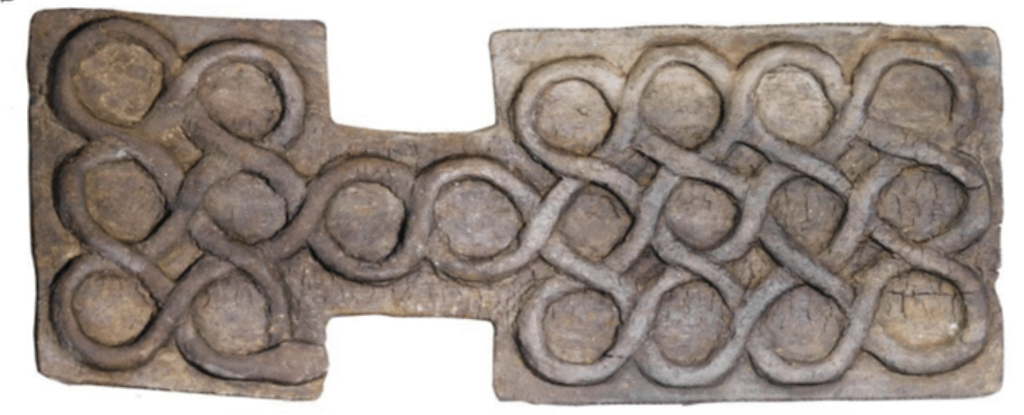Products You May Like
If you’re stuck for something to play with family members or friends, why not the ancient board game found in Shahr-i Sokhta in southeastern Iran? Almost 50 years after it was dug up in 1977, experts have worked out the rules of play.
What’s assumed to be a complete set, including a board, 27 pieces, 20 circular spaces to hold those pieces, and 4 dice with circular shapes embedded in them, was recovered from a grave dated around 4,500 years old. Though similar to another game from the time called the Royal Game of Ur, there were enough differences that made it hard to know the precise rules.
Computer scientist Sam Jelveh from the University of Essex in the UK, together with independent archaeologist Hossein Moradi, used a combination of physical evidence and modeling to come up with a sensible set of likely rules.

“By unveiling the meaning of certain game pieces, this study has the potential to reshape our understanding of board games in the Near East,” write the researchers in their paper.
“The suggested rules are intended to be historically accurate and imbue significance to each game board component.”
Using other board games from the period as a starting point, including the Royal Game of Ur and Jiroft, the researchers used probability models to determine roles for the recovered pieces: two sets of 10 ‘runner’ pieces – one set for each of the two players – as well as star-like pieces that act as ‘safe houses’ and cone-like pieces that could’ve been used as ‘blockers’.
The board resembles a snake, with a main section where pieces are placed, a bridge section that acts as a path to survival, and then a third section for the snake’s head and tail. Players would have rolled dice to advance their pieces, and move across the board faster than their opponent.
Of course we can’t know for sure how this game was played – but the new rules match the board, the pieces, and the dice, and ranked well in terms of originality and replay ability when tested with 50 modern players.
“The suggested ancient rules do not introduce the original rules used on the [Shahr-i Sokhta] board but rather propose how the game might have been played, based on our understanding of the hypothetical rules of the Ur Game and the analysis of the [Shahr-i Sokhta] game pieces,” write the researchers.

Reaching its peak in the third millennium BCE, Shahr-i Sokhta was one of the most significant cities of its time on the eastern Iranian plateau, and the board game recovered here has been dated to around 2600-2400 BCE.
More than a hundred similar games from roughly the same period have been found in this part of the world, varying in terms of the materials they’re made from and the layout of the board – a testament to the popularity of passing the time in this way.
“Archaeologists name this type of game ‘the game of twenty squares’ or ‘the game of twenty’,” write the researchers. “We still do not know the exact name of the game, as each culture may refer to it differently.”
The research is due to be published in Iran: Journal of the British Institute of Persian Studies, with a preprint available online.
